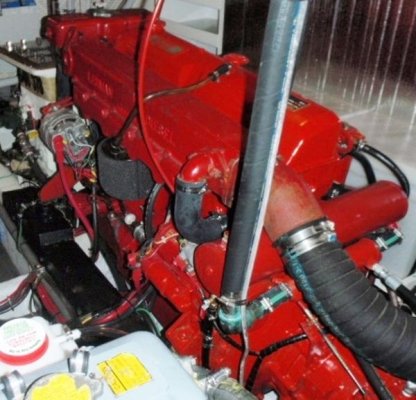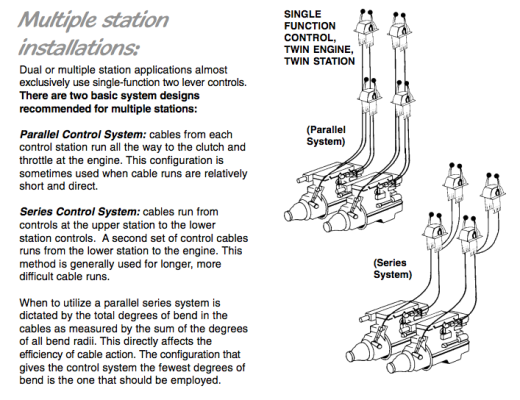Islanddreamer
Senior Member
- Joined
- Mar 2, 2016
- Messages
- 287
- Location
- USA
- Vessel Name
- Harmony
- Vessel Make
- Pacemaker 1990 37' Convertible
Next week I am replacing my transmission cables - flybridge and lower helm - later next week. Boat is an Albin 36 double cabin / Lehman 120. Throttle cables are fine.
The routing of the old cables looked less than desirable, but they need to pass the port side of the engine. Does anyone have pics that they can share of their ER and how the cables are routed past the engine?
Thanks in advance!
mike
The routing of the old cables looked less than desirable, but they need to pass the port side of the engine. Does anyone have pics that they can share of their ER and how the cables are routed past the engine?
Thanks in advance!
mike


